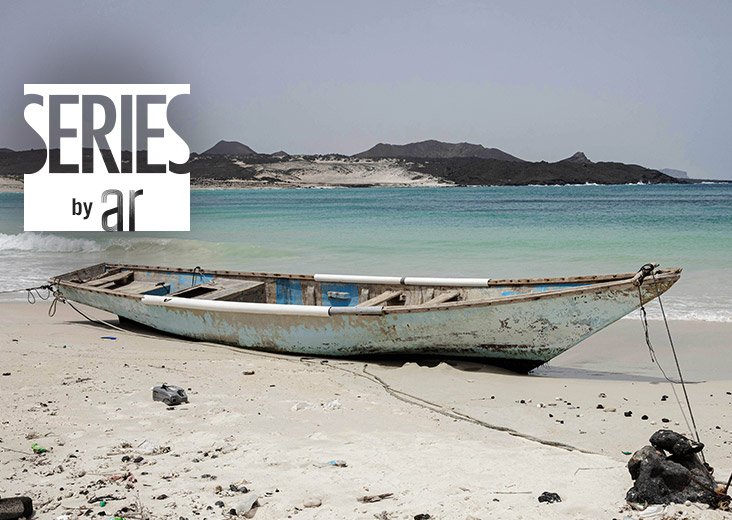HOW THE WORLD RECOGNIZES THE NEW COUNTRY
The world did not consider whether you fulfilled or the LEGAL CASE of statehood, which are:
1. A permanent population The Republic of Somaliland has a population of approximately 3.5 million. Its capital Hargeisa has a permanent estimated at 1.1 million. The nomadic nature of many of Somaliland’s inhabitants, and the consequent flow of the population in and out of the territory, has no impact on the legal definition of permanent population.
2. A defined territory The British protectorate established clearly defined borders for Somaliland by treaties in the 19th century. These borders were confirmed upon Somaliland’s declaration of independence in 1960. The contestation of the eastern border does not invalidate statehood.
3. Effective government Somaliland has a central government which exercises effective control over the majority of its territory. It has held internationally recognized free and fair election, most recently in June 2010, and has effective government institutions including a constitution approved by a popular vote, a democratically elected President, national parliament, local governments, and an independent judiciary.
4. Capacity to enter into relations with other States Despite its unrecognized status, Somaliland has entered into informal and formal relationships with a number of other states, including the United Kingdom, Sweden, the United States, Djibouti, Ethiopia and Kenya. It has also achieved de facto recognition from a number of other nations around the world
But only they consider two thinks are
1. Fear
2. interest
That is the way the International Community Recognized Democratic Republic of Timor-Leste
Analysis why International Community Recognized Republic of East Timor
1. Because of Economic interests
Since the discovery of petroleum in the Timor Sea in the 1970s, there have been disputes surrounding the rights to ownership and exploitation of the resources situated in a part of the Timor Sea known as the Timor Gap, which is the area of the Timor Sea which lies outside the territorial boundaries of the nations to the north and south of the Timor Sea. These disagreements initially involved Australia and Indonesia, although a resolution was eventually reached in the form of the Timor Gap Treaty After the declaration of East Timor's nationhood in 1999, the terms of the Timor Gap Treaty were abandoned and negotiations commenced between Australia and East Timor, culminating in the Timor Sea Treaty
Australia's territorial claim extended to the bathymetric axis (the line of greatest sea-bed depth) at the Timor Trough. It overlapped East Timor's own territorial claim, which followed the former colonial power Portugal and the United Nations Convention on the Law of the Sea in claiming that the dividing line should be midway between the two countries.
After the referendum on independence on 30 August 1999, East Timor became an independent nation on 20 May 2002 and began initiating foreign relations with the rest of the global community.
Australia also has economic interests in the hydrocarbon resources located on the seabed between the two countries. Australia recognized Indonesian control of the province as part of the Timor Gap Treaty with Indonesia of December 1989. The treaty, which covered the joint development of hydrocarbon resources in the maritime area between Australia and the then Indonesian controlled area of East Timor, came into force in 1991 and was replaced by the Timor Sea Treaty between Australia and the newly independent state of Timor-Leste in 2003.
2. U.S. Assistance to East Timor
In addition to humanitarian assistance, the United States has continued to provide bilateral assistance to East Timor as outlined in the chart below. U.S. aid programs in East Timor have the goal of building a viable self-sufficient free market economy,
3. China
Since 2005, China has been rapidly increasing its investment in its relationship with Timor-Leste. This is likely due to several reasons, including China's desire to balance the influence of the U.S. in Southeast Asia; the potential that Timor will become a member of ASEAN; to gain access to Timor's hydrocarbon resources; and to make sure Timor does not fall into the diplomatic camp of Taiwan on the One-China policy issue. The rise of Chinese influence in Timor may be of concern to strategic policy planners in Australia, who generally view Timor as within Australia's sphere of influence. China has embarked on high-profile projects such as providing assistance for the construction of prominent government buildings in Dili including the Ministry of Defense and the Defense Force Headquarters. China is also reportedly selling two conventionally armed long-range patrol vessels and non-lethal defense equipment to Timor for $30 million. Timor-Leste’s Foreign Minister Zacarias Albano da Costa, who traveled to Beijing in June 2009, stated that Timor supports a One-China policy and that China supports Timor's efforts to join ASEAN and that bilateral relations between the two states will be further strengthened. Plans to purchase second-hand oil burning power stations from China for $381 million came under criticism in June 2009 on the grounds that they are not needed and that they would be heavy polluters. The heavy oil to be burned in the power stations would have to be imported to gas-rich Timor. Fretilin has opposed the proposal and is reportedly preparing a legal challenge.

Comments
Post a Comment